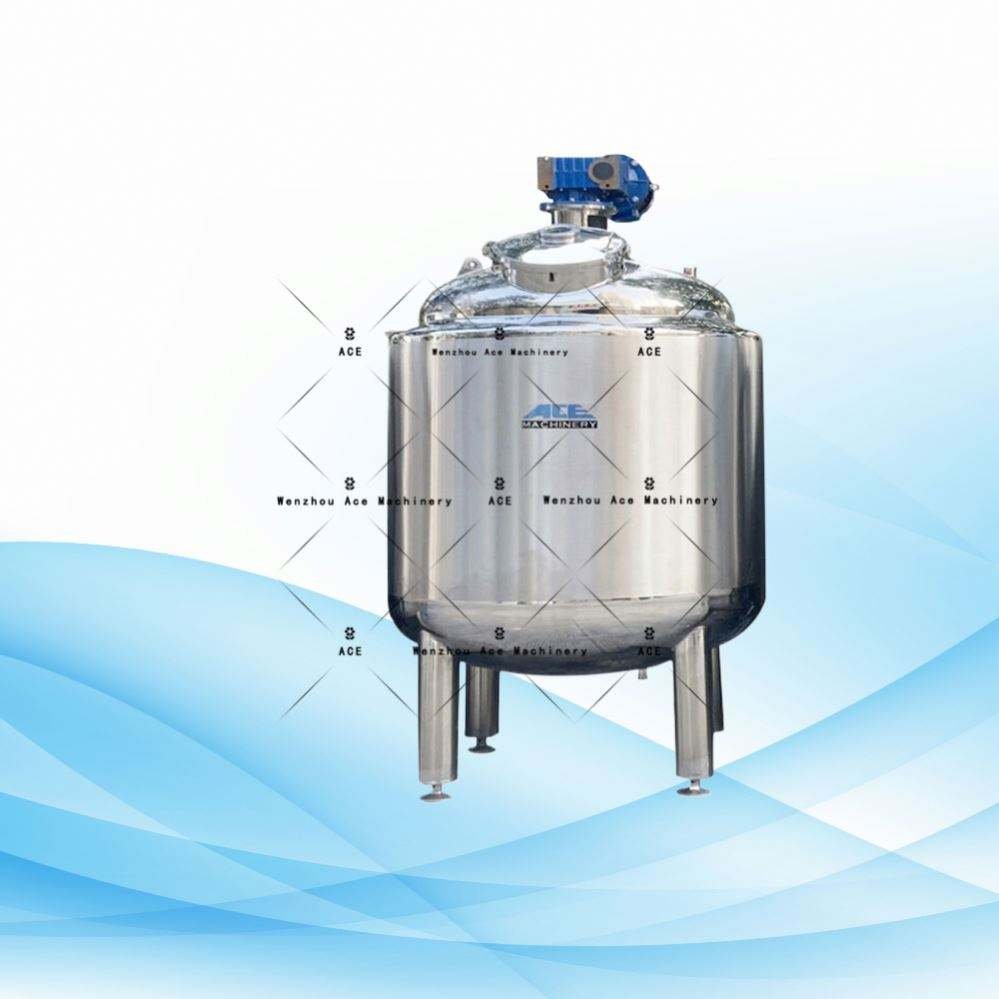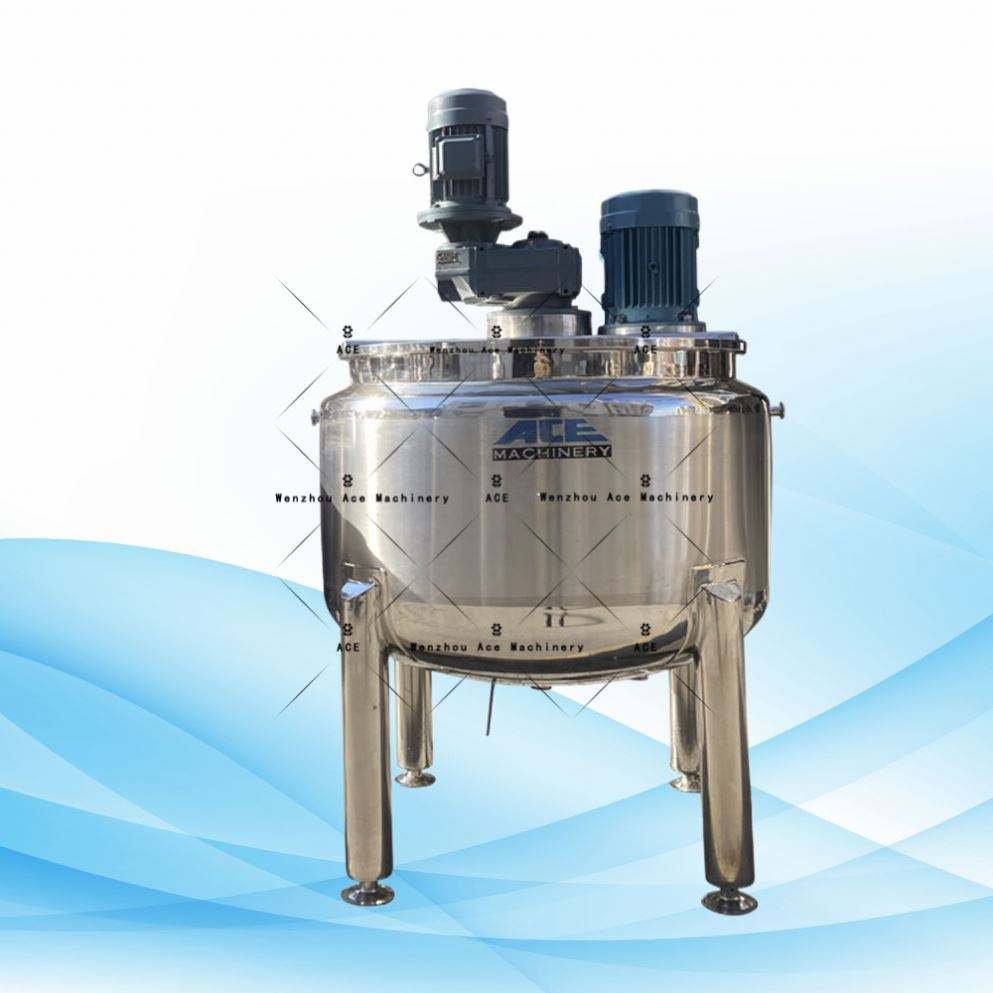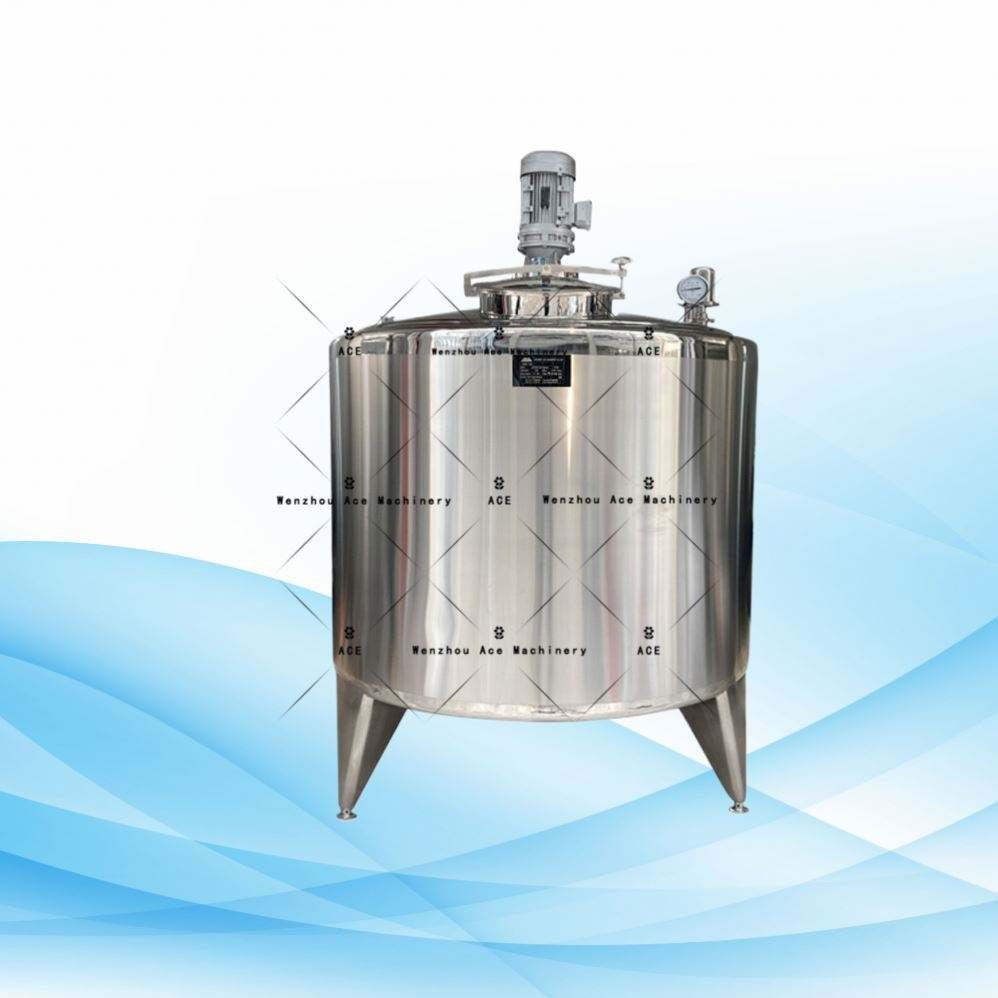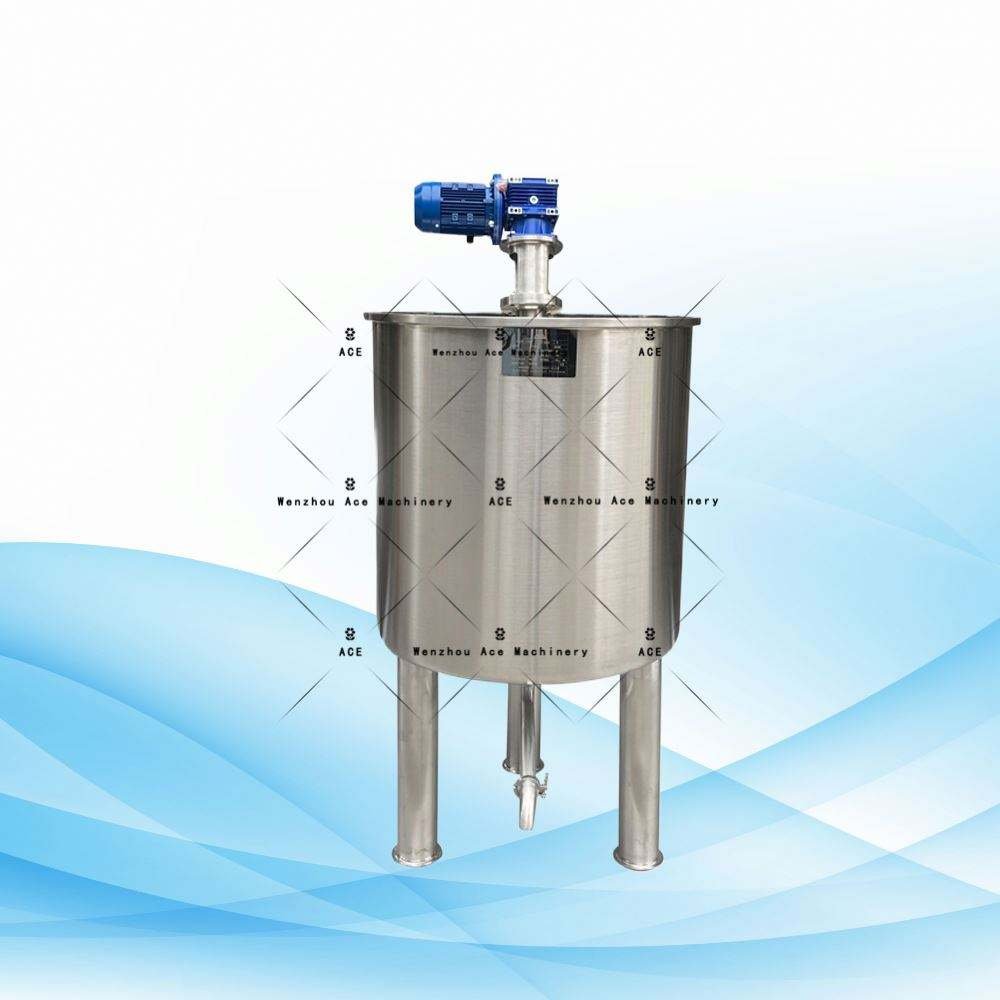As a factory specializing in filling machines, let me share some insights with you. In the packaging industry, the edible oil filling machine holds tremendous importance. It’s not just about keeping up with advancements; it’s about enhancing the industry’s growth by addressing and overcoming various shortcomings. Today, we see brand-new filling machine equipment being launched. This doesn’t only fuel the industry’s sustainable evolution but also aligns with the dynamic demands of the market. The ongoing progress of filling machines reflects both the advancement of technology and our domestic production capabilities.
The role of edible oil filler machines is becoming increasingly essential for businesses. While many companies have no trouble using these machines, they often overlook the proper operational guidelines and maintenance routines.
1. Ensure that the fully automatic edible oil filling machine is operated in a dry, clean environment. Avoid placement in areas with acids or corrosive gases.
2. Regularly inspect parts and electrical components, ideally weekly. Check that bolts, bearings, and other movable sections on the lubrication block remain flexible and not overly worn. Address any issues promptly; don’t continue use if defects are detected.
3. When filling the machine with oil, prevent overflow from the cup and avoid spills on the machine or ground, as oil can easily contaminate and degrade product quality.
4. After usage or during downtime, clean the machine parts thoroughly to ensure no residual oil or dust remains.
5. If there’s an extended shutdown, clean the automatic quantitative edible oil filling machine, apply anti-rust oil to its smooth surfaces, and cover with a cloth for protection.
Main Features of Edible Oil Filling Machine Equipment:
The oil filling machines generally use a flowmeter type filling system. This system leverages computers to automatically track oil temperature and density fluctuations, adjusting the oil flow accordingly to minimize variations in delivery quality due to changes in those factors.
1. These machines are versatile, suitable for filling, repackaging, and measuring various liquid materials such as lubricating oil, edible oil, barreled wine, chemical products, and spices.
2. The primary structure includes a magnetic cylinder, oil cylinder, and electrical components, boasting a simple design, compact footprint, and ease of operation.
3. A quantitative cup structure propels the piston of the oil cylinder, repeatedly filling bottles with precision and speed.
4. They feature a dual-speed filling mechanism—starting fast and slowing down towards the end—to prevent overflow when nearing capacity.
We also offer cosmetic filling machines for those interested, so feel free to contact us!






